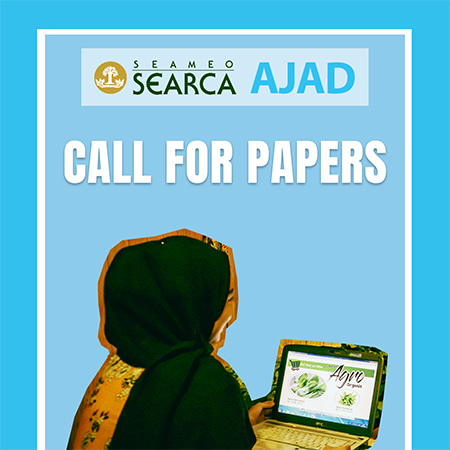- Paperback 1908-6164
- e-ISSN 2599-3895
Community livelihoods within the Vietnamese Mekong Delta are at risk from droughts and saltwater intrusion. This study used the DFID sustainable livelihoods framework in a multi-disciplinary method to formulate a competent analysis and methodology for the evaluationof the sustainability, vulnerability, and adaptation of the coastal residents’ livelihood.
A review of the local records coupled with a survey of community representatives from 120 households highlights the increase in temperature and rainfall frequency as well as the occurrence of drought and salinity intrusion in many places along the coastal zones. The study analyzed five capital resources of farmers wherein differences in these resources—before, during, and after the drought-saltwater intrusion events—were compared. Results showed that these resources were vulnerable at different levels due to the impacts of drought and salinity intrusion. Furthermore, there were distinct differences in the indices over time. Notably, the migration of young workers from the sites opened up employment for the older workers who did not migrate. Land ownership varied among households, with more than half of respondents either planting two rice crops or raising shrimp, traditional farming models in the sites. Although the farmers ably purchased some necessary inputs for production, their physical capital was limited to the bare necessities for production and daily subsistence. Financially, the drought-salinity disaster affected the farmers negatively, so they sought loans mostly from informal sources. However, even the least affected farmers also sought loans but for purposes other than production. Social capital improved with the disaster because social organizations and local governments became more involved with the communities. However, no further improvement was observed in the years after the disaster. Overall, Nam Chanh hamlet is slightly more vulnerable to drought-saltwater intrusion (LVI = 0.452) than Soc Leo hamlet (LVI = 0.414) because of the greater vulnerability of its human, physical, and financial capitals, as well as the less diverse livelihood strategies. The results from this study will provide valuable insight into the livelihood vulnerability of coastal communities, specifically to drought and salinity intrusion. Further, results can contribute to the knowledge that enables scientists, decision makers, and governments to determine appropriate responses to similar situations and to consider policy for land and water management in coastal communities.
Download for free
PDF format in this language: English

